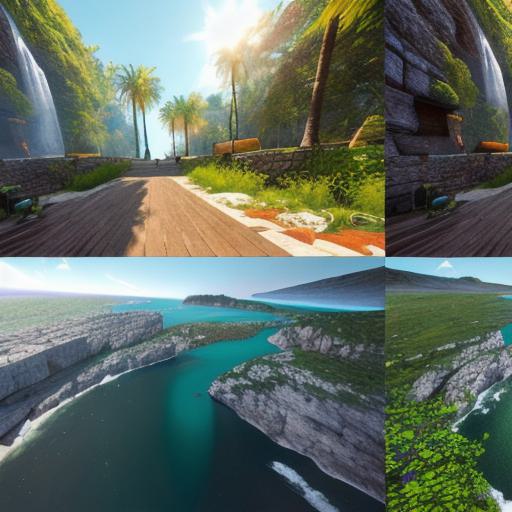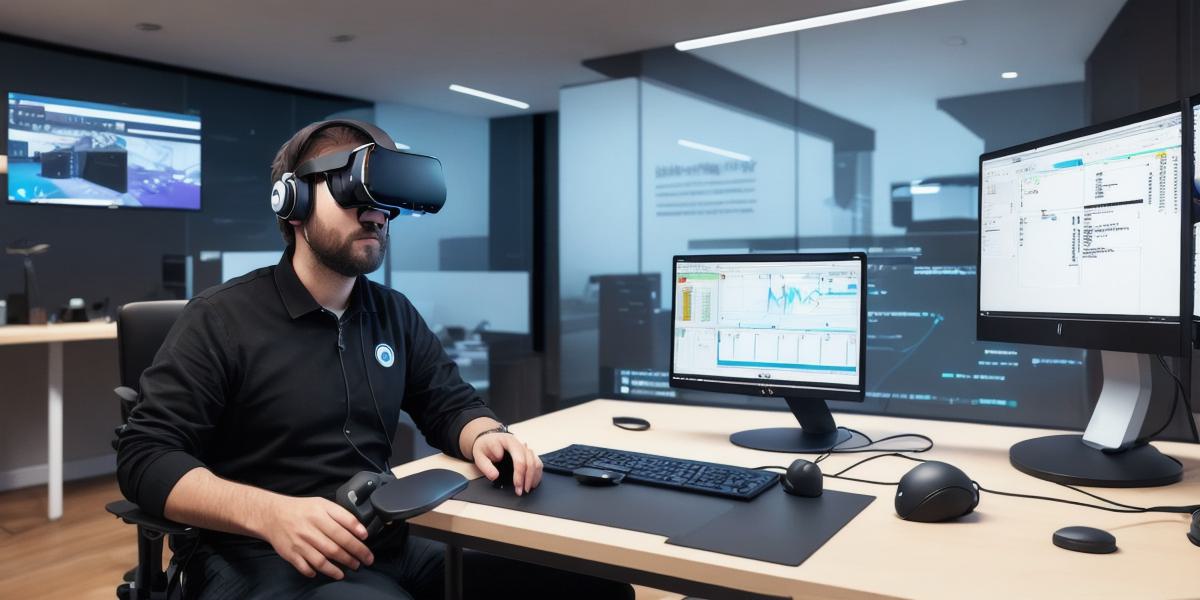Creating Immersive Virtual Reality Experiences with Unity: A Comprehensive Guide for Web Developers
Virtual Reality (VR) has revolutionized the way we interact with digital content, offering a level of immersion that traditional 2D interfaces can’t match. Unity, a powerful game development engine, has become a popular choice for creating VR applications due to its extensive support for VR platforms and its large community of developers. In this comprehensive guide, we’ll explore how web developers can create captivating VR experiences using Unity.
1. Setting Up Your Development Environment
To get started, you’ll need to install the Unity Editor and a compatible VR development kit such as Oculus or OpenVR. Once these are installed, import the VR SDK into your project to begin developing your VR application.
2. Understanding Unity’s Virtual Reality Support
Unity offers built-in support for various VR platforms through its XR (Cross-Reality) plugin system. This allows you to create content that can be used across multiple VR headsets, making it an ideal choice for web developers targeting a wide audience.
3. Creating Your First VR Scene
Begin by creating a new 3D project in Unity and importing your 3D models, textures, and other assets. Set up your VR camera and configure your scene according to the requirements of your VR experience.
4. Interacting with Your Virtual World
Add interactable objects to your scene using Unity’s physics engine or scripting. Implement input handling for VR controllers, allowing users to manipulate objects in your virtual environment.
5. Sound and Haptic Feedback
Create an engaging and immersive experience by adding sound effects and haptic feedback to your VR application. Unity offers a wide range of audio sources and spatializers that can be easily integrated into your project.
6. Performance Optimization
Optimizing performance is crucial in creating a smooth VR experience. Use Unity’s profiling tools to identify performance bottlenecks and optimize your assets, scripts, and other components accordingly.
7. Testing and Deployment

Test your VR application on various platforms and devices to ensure compatibility and performance. Once you are satisfied with the results, export your project to the desired format for deployment on the web or other platforms.

Conclusion
Unity offers a powerful and flexible platform for creating engaging and immersive virtual reality experiences. With its extensive support for VR development kits and large community of developers, you can create captivating VR content that reaches a broad audience. By following the steps outlined in this guide, web developers can confidently begin their journey into creating captivating virtual reality applications using Unity.
